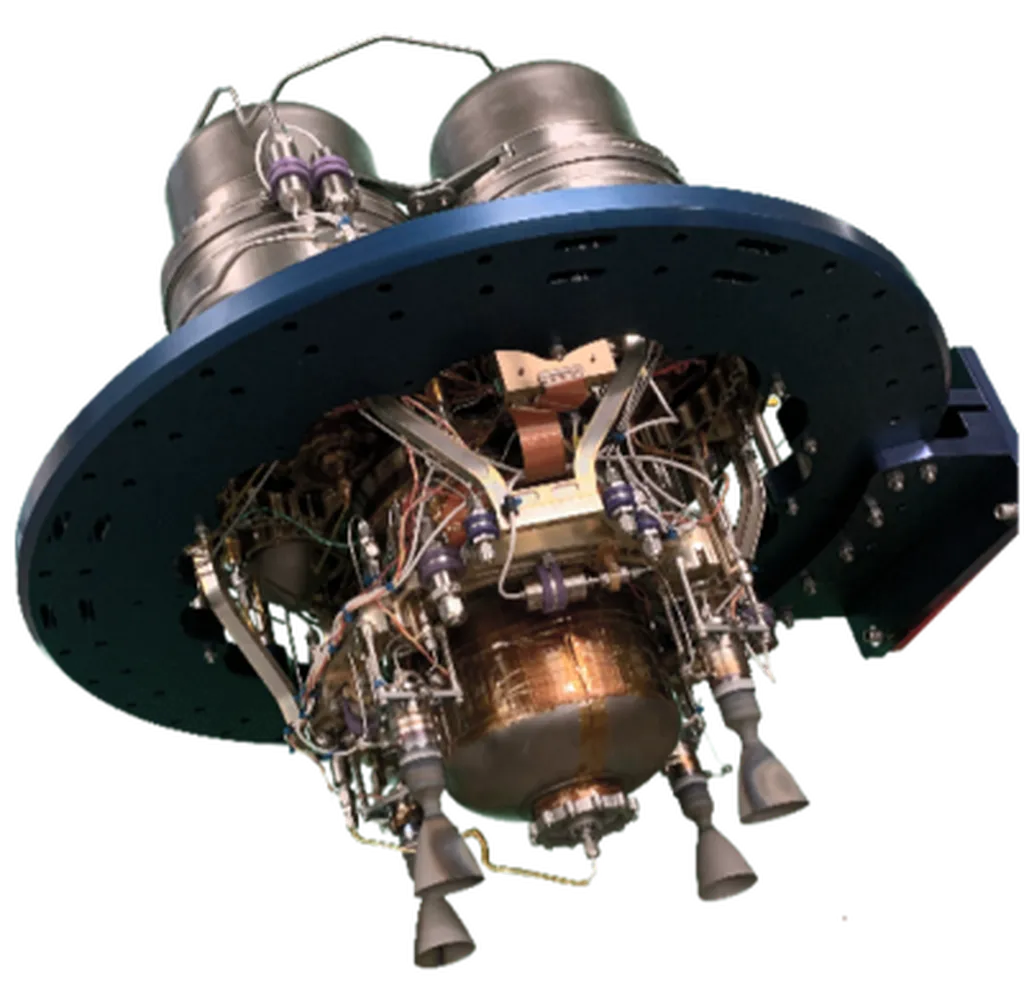In the bustling world of materials science, a breakthrough from Pukyong National University in Busan, South Korea, is making waves, promising to revolutionize how we design and predict the colors of metal oxides and multilayers. At the heart of this innovation is Dongik Lee, a physicist who has turned to machine learning (ML) to optimize the color design of metal thin films through oxidation processes.
Lee and his team have been experimenting with copper oxides and copper multilayered structures, created through the oxidation of single-crystalline copper thin films. Their goal? To build and evaluate ML-based prediction models that can accurately design the color of these films. The team applied various regression algorithms, including polynomial regression, random forest regression, and support vector regression (SVR). The standout performer was SVR with a customized exponential-cosine kernel, a physics-guided approach that significantly enhanced performance.
“The key to our success lies in the careful selection of the kernel based on physical principles,” Lee explains. “This approach not only improves the model’s accuracy but also provides deeper insights into the underlying physics of the oxidation process.”
The implications of this research are far-reaching, particularly for the energy sector. Metal oxides and multilayers are crucial components in various energy applications, from solar cells to catalysts. The ability to predict and design their colors accurately can lead to more efficient and cost-effective energy solutions. For instance, optimizing the color of solar cell coatings can enhance their light absorption capabilities, while precise color design in catalysts can improve their reactivity and selectivity.
Moreover, this study serves as a guide for future researchers navigating the challenges of applying ML to experimental data. Lee’s work underscores the importance of physics-guided ML models, which can provide more reliable and interpretable results compared to purely data-driven approaches.
As the field of materials science continues to evolve, the integration of ML and physics-based models is expected to play a pivotal role. Lee’s research, published in the journal *Materials Research Letters* (translated to English as “Materials Research Letters”), sets a strong foundation for future developments, paving the way for more innovative and efficient materials design.
In the words of Lee, “This is just the beginning. We are excited to see how our approach can be applied to other materials and processes, driving forward the next wave of technological advancements.”

